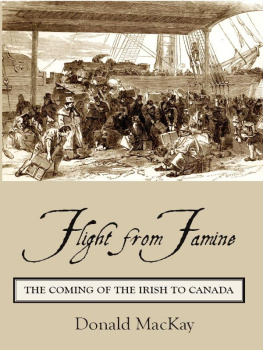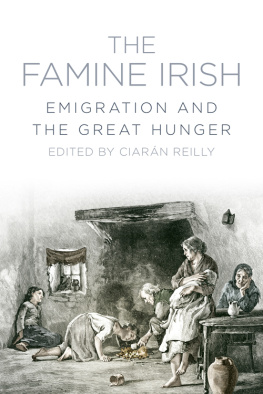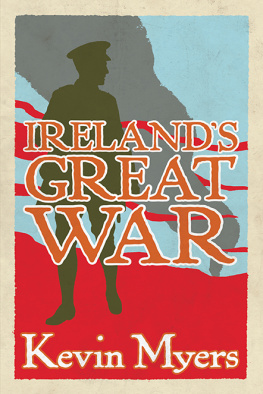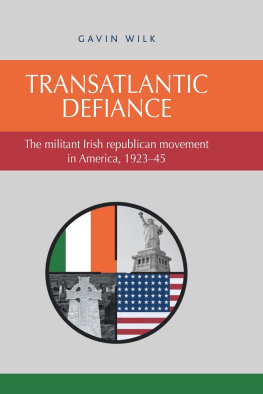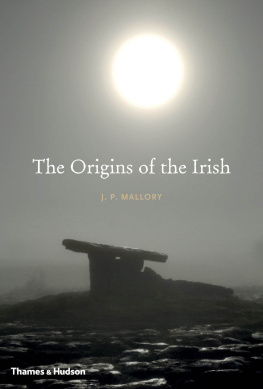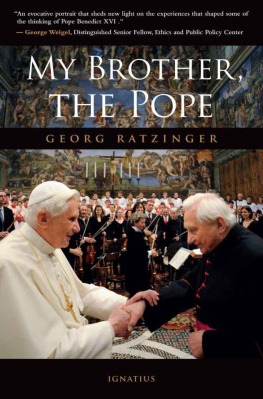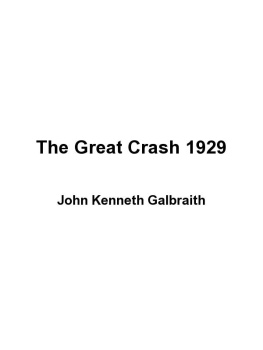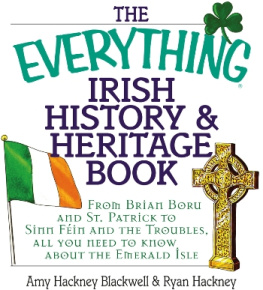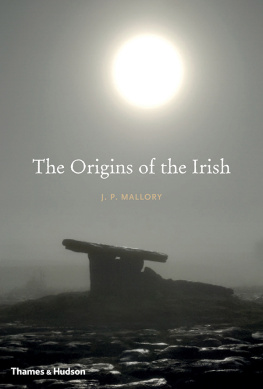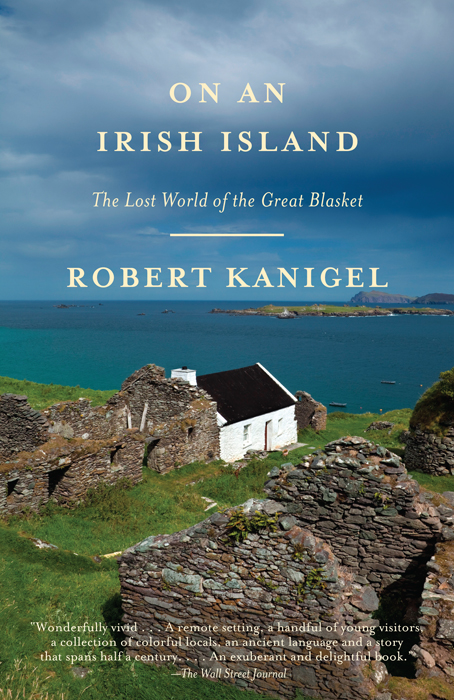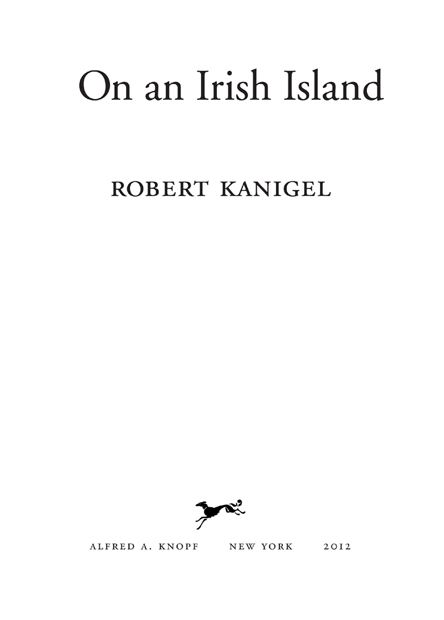ALSO BY ROBERT KANIGEL
Faux Real
High Season
Vintage Reading
The One Best Way
The Man Who Knew Infinity
Apprentice to Genius
THIS IS A BORZOI BOOK PUBLISHED BY ALFRED A. KNOPF
Copyright 2012 Robert Kanigel
All rights reserved. Published in the United States by Alfred A. Knopf, a division of Random House, Inc., New York, and in Canada by Random House of Canada, Limited, Toronto.
www.aaknopf.com
Knopf, Borzoi Books, and the colophon are registered trademarks of Random House, Inc.
All permissions to reprint previously published material may be found immediately following the index.
Library of Congress Cataloging-in-Publication Data Kanigel, Robert.
On an Irish island / by Robert Kanigel.1st ed. p. cm.
This is a Borzoi bookT.p. verso.
eISBN: 978-0-307-95748-1 1.
Great Blasket Island (Ireland)History. 2. Great Blasket Island (Ireland)Biography. 3. Great Blasket Island (Ireland)Description and travel. 4. Adventure and adventurersIrelandGreat Blasket IslandBiography. 5. TravelersIrelandGreat Blasket IslandBiography. I. Title. DA990.B65K36 2012 941.96dc23 2011028159
Jacket photograph: Children by the Waves. Unknown photographer. Courtesy of Ionad an Bhlascaoid/The Blasket Centre Jacket design by Joe Montgomery
v3.1_r1
For Dottie, Peg, and Elaine
City Slicker Farm, 19591960
Contents
Prologue
Nineteen twenty-three was barely yesterday, a lot like today. People lived in suburbs and commuted to work. They traveled by tram and subway. They drove automobiles. They went to the movies, subscribed to magazines, looked up in the sky to see airplanes. Vaccines, flush toilets, best-seller lists, billboards, cameras, and power lines were part of their lives. Their memories were fresh with visions of a war that killed with industrial efficiency. Picasso, Stravinsky, and Virginia Woolf had taught them to see through fractured lenses. Telegrams, telephones, newsreels, and radios had shrunk the world. If you were part of the great and growing middle class and lived in a place like Chicago or Berlin, London or New York, life could be pretty fast. You had your ambitions, you wanted more, you lived a busy life.
In the spring of 1923, George Thomson, a nineteen-year-old English boy, finished his first year at Kings College, Cambridge. Hed grown up in a suburb of London. His father was a chartered accountant who hoped his son would follow in his footsteps. He was smart, had won a coveted scholarship to Kings, was destined for distinction. At the university, he was a student of the classics, and later, when he took its daunting Tripos exams, hed earn first-class honors.
But had he been able to, George Thomson later said, he would have taken a different path. All through his last years of secondary school, while studying Euripides and Plato, Ovid and Cicero, and then on into his first year at Kings, he had been distracted by the events of the world. During his first two years at Dulwich College (a preparatory school), European armies still grappled along the blood-drenched Western Front. Yet it was not the Great War that compelled Georges adolescent attention, but events in Ireland. Little rural Ireland, off the main stage of the world, had, beginning in 1916, endured seven years of rebellion and warfirst against England, then in a cruel civil war that shed more Irish blood than had the British. It was Ireland, and all things Irish, that captivated young George Thomson.
Now, in August 1923, with the violence stilled at last, it could seem that the whole tortured recent history of Ireland had conspired to propel him across England, across the Irish Sea, across the breadth of Ireland, to a tiny quay at the foot of a precipitous cliff on the Dingle Peninsula. He was at the westernmost tip of Europe. He was in one of the wildest corners of Ireland, so forlorn, neglected, and poor that its people had been leaving it for America for almost a hundred years. George was bound for a tiny village perched on the eastern face of a great rock rising from the water three miles off the coast. Rowed by rough-hewn, wool-sweatered men across this unpredictable stretch of cold Atlantic to that tiny backward slip of an island, he would step from the modern world into what novelist E. M. Forster would call, with only modest exaggeration, a neolithic civilization. When he left the island six weeks later, he would be close to tears. The island would grip his imagination, grant him friendship and love that would overfill his life, forever alter his ideas about what life could be at its sweetest, and about how the world ought to be at its best.
The Great Blasket island, or An Blascaod Mr, as it was rendered in Irish Gaelic, is the largest among a group of seven small islands just off the west coast of County Kerry. For at least two centuries before Thomsons coming, about 150 people lived there, in stone houses dug into the slope of the hill facing the mainland. Virtually all were fishermen who, with their families, wrested precarious livelihoods from the sea that washed the islands shores. They hunted rabbits, harvested oats and potatoes from mediocre soil. They had limited relations with towns on the mainland, which they rowed across open water in small boats to reach; evil weather sometimes kept them on the island for weeks at a time. They had no electricity, no plumbing, no church, no priests, no police, no taverns, no shops. They spoke Irish, though few could read or write it. English was for most of them unintelligible.
One summers day in 1923, the way he told the story later, an islander, Maurice OSullivan, was looking after a sheep on the hill-side, the sun yellowing in the west and a lark singing above. On the path ahead he saw a man approach, someone in knee-breeches and a shoulder-cloak, his head bare and a shock of dark brown hair gathered straight back on it. I was growing afraid. There was not his like in the Island.
God save you, said the stranger, in English.
God and Mary save you, noble person, said OSullivan in the Gaelic ritual reply.
The young men sat down for a smoke. The visitor tried to say something in Irish, OSullivan recalled. He couldnt, and tried again in English.
The Englishman was George Thomson, and after six weeks with OSullivan, talking together as they tramped over the hills and across the beach, his Irish grew readier and more fluid. Year after year Thomson returned to the island, his friendship with OSullivan deepening. Bound for international distinction as a classical scholar, he would encourage OSullivans exuberant memoir of growing up on the Blaskets, Fiche Blian ag Fs, and help translate it into English as Twenty Years A-Growing.
There is no doubt but youth is a fine thing, though my own is not over yet and wisdom comes with age, OSullivan begins the story of his life. Its a high-stepping affair, brimming with energy, filled with youthful adventure, the inspiration for a film script Dylan Thomas left unfinished at his death. E. M. Forster wrote the introduction. It would be reviewed adoringly in Europe and America, appear in numerous translations, earn a permanent place in the Irish literary tradition. For Thomson, the companionship he enjoyed with OSullivan and the other islanders with whom he played, worked, danced, and traded tales reached deep into him. Hed remember always the bleak beauty of the Blasket, its conviviality, the warmth of his relations with the villagers. His friendship with Maurice was the most important of his life.


